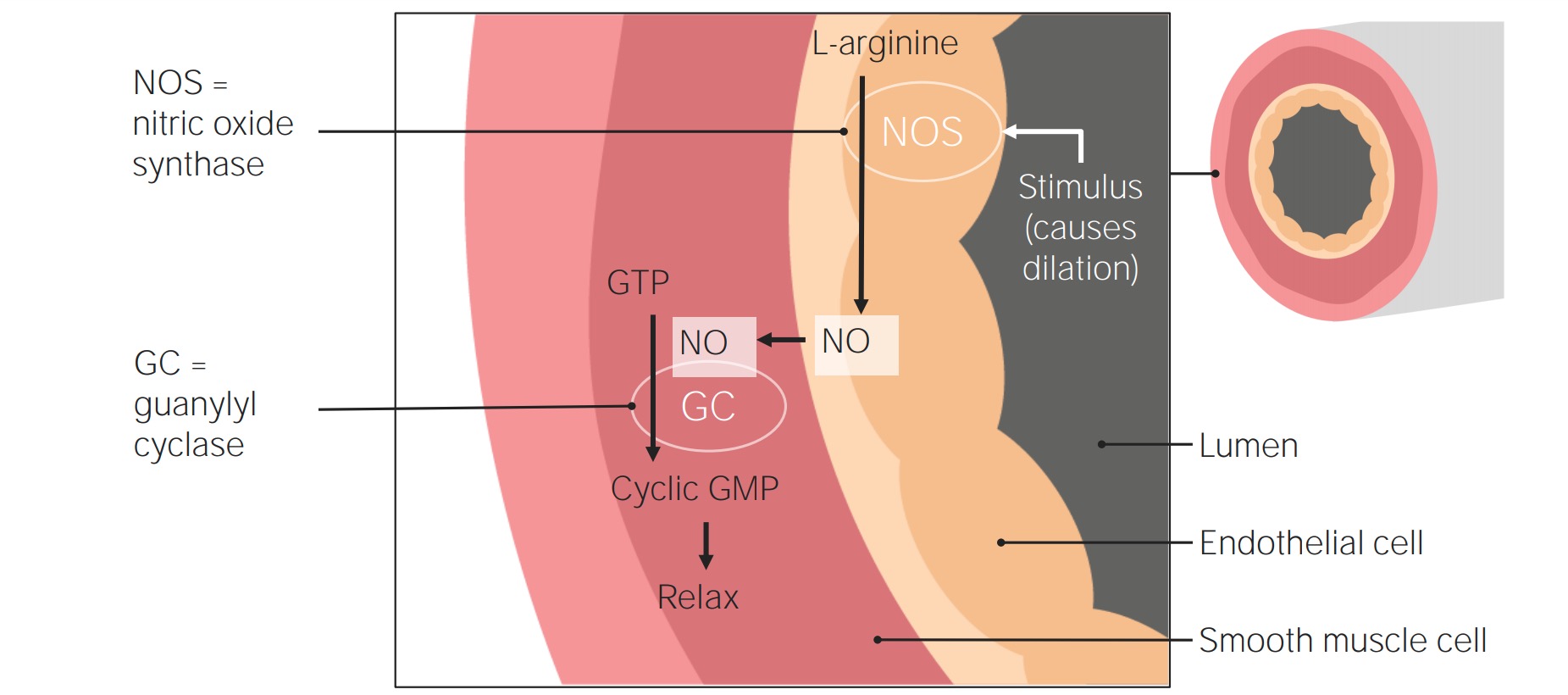Playlist
Show Playlist
Hide Playlist
Pulmonary Hypertension
-
Slides PulmonaryHypertension RespiratoryPathology.pdf
-
Reference List Pathology.pdf
-
Download Lecture Overview
00:02 The topic now is Pulmonary Hypertension. As simple as it may seem, it's the fact that you have to dive into quite a bit of detail and the reason for that is because there has been so much research on this over the years because of sequelae of right-sided heart failure, cor pulmonale and death, that now, at this point, we know how to, first, identify normal, completely analyze the pathology through WHO classifications and every single class you will have to know, there's four of them and then management. 00:34 To begin with, Pulmonary Hypertension, defined as As of 2019. 00:40 The definition has been updated to a mean pulmonary arterial pressure or mPAP of greater than 20 millimeters mercury at rest measured by right heart catheterization. 00:49 So, how would you go about, perhaps, measuring this? How about a right heart catheterization? So, here, when you catheterize the right side and you get from the right ventricle and moved up to you pulmonary artery. Alright, can you picture that? Good. Right ventricle, you have a pressure of approximately 2, very passive, but then you start getting to pulmonary artery, the pressure increases to approximately 10, but at rest, if you find that the pulmonary arterial pressure is greater than 20, guaranteed, your patient has Pulmonary Hypertension. But what caused this? Well, let's continue. 01:31 The Pulmonary Hypertension may result in arteriosclerosis. What does that mean? Imagine when there is an increase in tension, then what's going to happen? Is this arteriolar is this an arteriole? That is your first question, isn't it? Always. Whenever you deal with blood vessels, you want to try to break it up into the arteries and arterioles and then that will then give you the respected diagnosis. Here, it is arteriosclerosis, most likely, hyaline type. Then you have medial hypertrophy, intima fibrosis of pulmonary arteries and by that we mean that, here is my intima, there is my media and so, those are two major layers of the blood vessels that are being affected. There will be medial hypertrophy and intimal fibrosis, causing what, please? Increased narrowing of the pulmonary arteries. Now, the clinical course includes severe respiratory distress. Whenever there is problem with the pulmonary artery and there is increased resistance or pressure you are then going to feel this in the right ventricle resulting in right ventricle hypertrophy (RVH) and unfortunately, getting into severe failure, cor pulmonale.
About the Lecture
The lecture Pulmonary Hypertension by Carlo Raj, MD is from the course Disorders of the Pulmonary Circulation and the Respiratory Regulation: Basic Principles with Carlo Raj.
Included Quiz Questions
Which value defines pulmonary hypertension?
- >20 mm Hg at rest
- <25 mm Hg at rest
- >25 mm Hg during exercise
- >35 mm Hg at rest
- >35 mm Hg during exercise
What is the sequence of events that occur during the clinical course of pulmonary hypertension?
- Severe respiratory distress, right ventricular hypertrophy, and cor pulmonale
- Severe respiratory distress, cor pulmonale, and right ventricular hypertrophy
- Severe respiratory distress, left ventricular hypertrophy, and cor pulmonale
- Right ventricular hypertrophy, cor pulmonale, and severe respiratory distress
- Severe respiratory distress, right atrial hypertrophy, and cor pulmonale
Customer reviews
1,0 of 5 stars
| 5 Stars |
|
0 |
| 4 Stars |
|
0 |
| 3 Stars |
|
0 |
| 2 Stars |
|
0 |
| 1 Star |
|
1 |
1 customer review without text
1 user review without text




